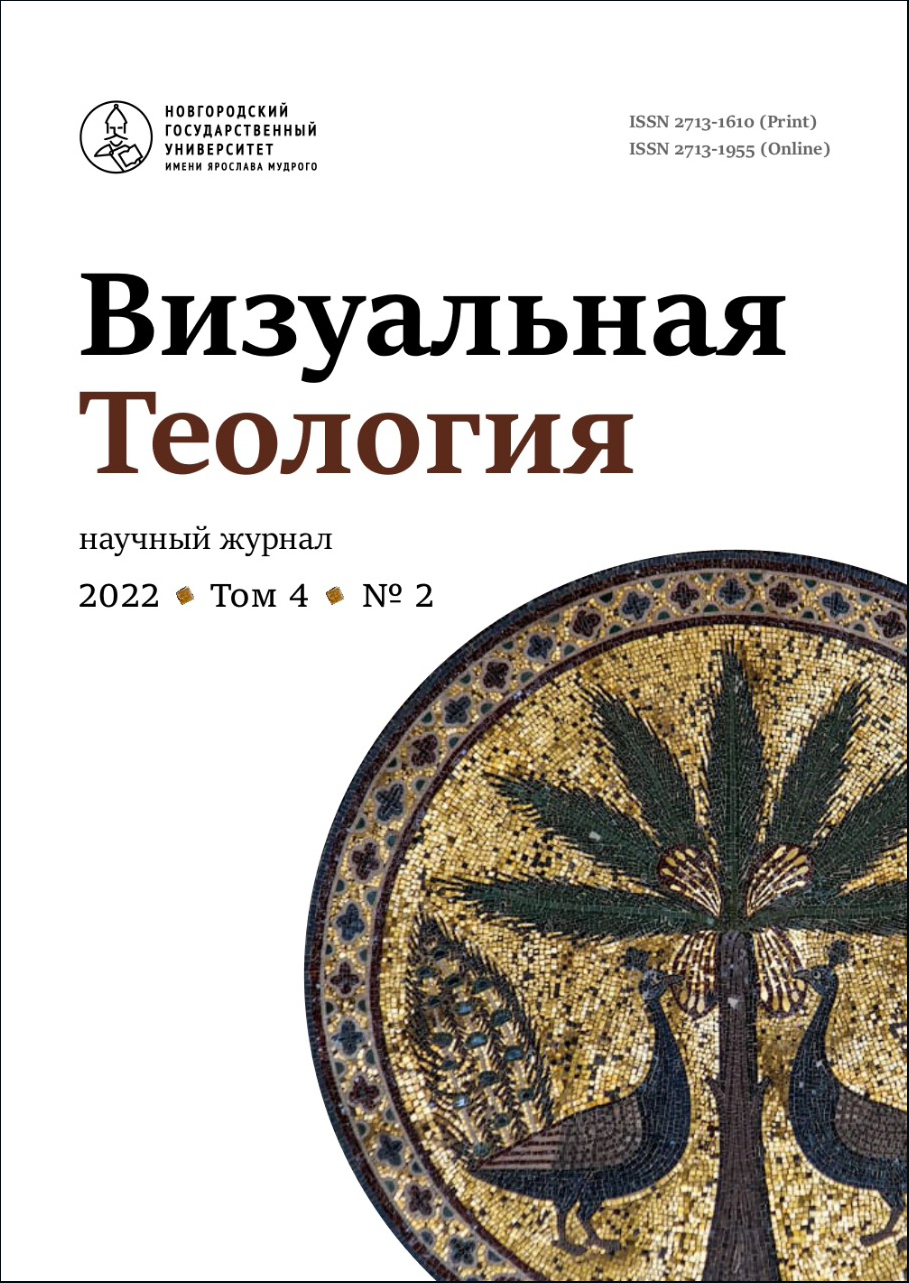Ornaments in Monumental Painting of Veliky Novgorod of the 12th Century
Abstract
Despite the fact that the monumental painting of Novgorod has been studied enough, the theme of ornamental painting of the Novgorod temples of the 12th century has not become the subject of a specific scientific study for a number of reasons: fragmentary preservation of painting, the secondary importance of ornamental compositions in the general sacred space of the Orthodox church. However, ornaments play an important role in the painting system of the temple in terms of semantic and compositional significance. The purpose of this article is a preliminary assessment of the nature of the ornamental painting of Novgorod temples of the 12th century. In the course of the study, the material on monumental painting of six monuments available for study was collected and analyzed: St. Sophia Cathedral, St. Nicholas Cathedral in Yaroslav’s Courtyard, St. George’s Cathedral in St. George’s Monastery, the Cathedral of the Nativity of the Theotokos in Antonovo, the Church of the Transfiguration of the Savior on Nereditsa, the Church of the Annunciation in Arkazy. A significant obstacle to the study of ornaments is the fragmentary preservation or complete loss of painting of some monuments. For this reason, a graphic reconstruction of the losses was carried out, the exact linear patterns of ornamental compositions were revealed, which makes it possible to introduce new data into scientific circulation. The use of typological, comparative-historical and historical-systematic methods of art criticism research allows to identify forty-eight types of ornaments of the 12th century: vegetable, linear-vegetable, geometric (including urban) and Kufic types. Out of them, forty-three types of ornaments have the character of plant or linear-plant types with the predominant motif of the vine – the most famous symbol in Christian art. Ornaments of the Kufic and urban type have been identified only in one monument – the Cathedral of the Nativity of the Blessed Virgin Mary in the Antoniev Monastery, and they are subject for another research.


